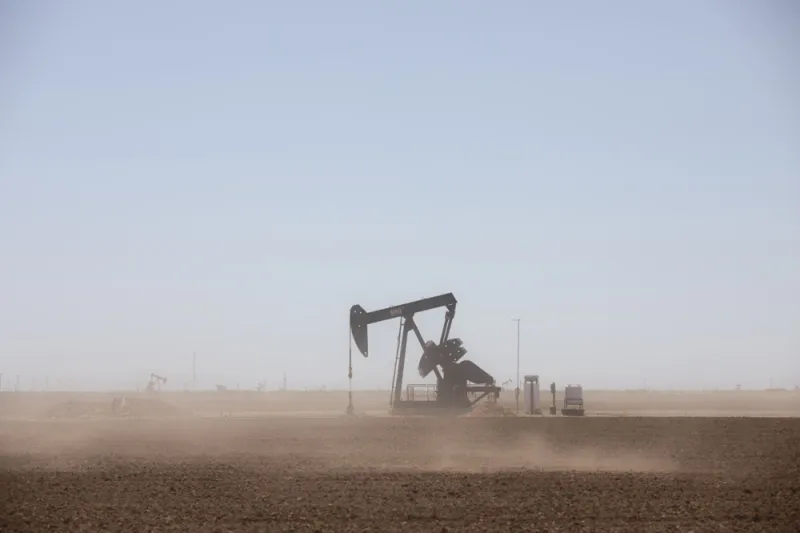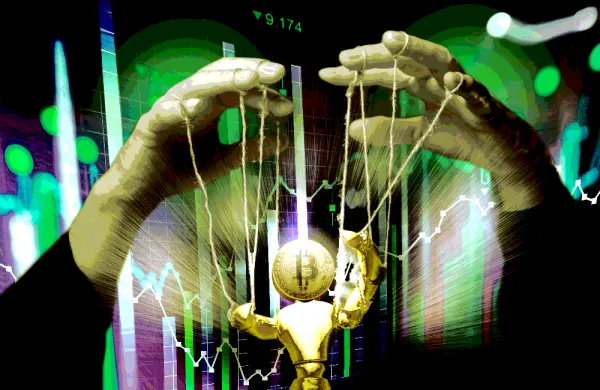After more than seven months of investigating the oil price collapse of April 20, the U.S. Commodity Futures Trading Commission, the top futures watchdog, released an interim report Monday outlining the day’s events, but would not provide any definitive reasons for the price plunge, nor any final conclusions or recommendations as to how to prevent a future oil price crash.
The report drew immediate criticism from within the CFTC’s own ranks, with Dan Berkovitz, one of the agency’s commissioners, blasting the probe as “incomplete and inadequate.” In an interview late Monday with Institutional Investor, Berkovitz, who pushed hard for the investigation, noted the report merely offers a basic, if detailed, overview of various facts and statistics about the market and trading as oil prices bottomed out, but does not provide the public with any suggestion as to the cause.
“Providing statistics that may or may not have contributed to the oil price collapse is not enough,” he said. “That should be just the start of our analysis, not the end. Intelligent readers and members of the public are going to say, ‘What’s my takeaway from this?’ The report makes it impossible to draw any conclusions.”
Earlier Monday, CFTC officials held a press conference in which they took the unusual approach of allowing journalists to ask questions about the investigation, but not allowing them to view the report or its findings first.
“This report presents important facts our career market oversight professionals and economists are able to share publicly and includes detailed analysis using non-public information and multiple sources of data,” said Chairman Heath Tarbert. “While some may have hoped for a more definitive analysis, we simply cannot provide that at this time, just as we cannot confirm or deny media reports of investigations tied to these events.”
During the press conference, CFTC officials declined to confirm or deny the existence of any enforcement actions related to oil’s drop below zero this past spring, although a number of legal challenges by market participants are now underway, including allegations of trading system failures and potential market manipulation.
[II Deep Dive: Inside the Biggest Oil Meltdown in History]
Rather, the CFTC report offers “a base of facts and empirical observations,” said Scott Mixon, the acting director of the CFTC’s office of the chief economist, showing the market’s “complexity” as the price of West Texas Intermediate light sweet crude oil futures fell below zero, trading briefly at minus $40.32 a barrel before settling at negative $37.63. The report is “not going to go beyond that,” Mixon said, adding, “There’s not a super-simple story of what people were doing in the market that day.”
Following the press conference, market participants as well as commodities market observers expressed concern about the lack of commitment by the CFTC to provide further insight, recommendations or conclusions, both now and in the future.
“My takeaway is that the CFTC is living up to the expectations we’ve had for them for a long time,” says Tom Kloza, global head of energy analysis at oil price service OPIS. “This situation was an embarrassment, but I do not think it will happen again.”
In a statement released shortly after the press conference Monday afternoon, nonpartisan market watchdog organization Better Markets raised concerns of a “credibility problem for this CFTC staff report,” noting what amounted to a “four-month delay” in the report’s release following a forensic study of negative oil prices by the CFTC’s staff completed in July, and remarks made by the CFTC chairman before the study stating negative oil prices were “not a financial markets issue.”
“They’re obviously O.K. with letting the ‘Wild West’ regime persist in futures trading if they are unwilling to consider or contemplate any guardrails to keep these issues from emerging again,” says John Kilduff, founding partner of Again Capital, a New York–based hedge fund specializing in commodities investments. “Why are they not willing to say there was no market manipulation? Just leaving that question open is a bad mark on the industry. It would have been good of them to at least clear the air on that point.”
The CFTC’s report delves deeply into the geopolitical events of the spring, such as a precipitous reduction in energy demand due to the global spread of coronavirus and, as a result, an oversupplied crude oil market and diminished availability of crude oil storage in Cushing, Oklahoma, where the New York Mercantile Exchange crude oil futures contract is delivered. While Cushing did not run out of storage as oil prices fell below zero, government data do show it inched toward record highs.
Dorothy DeWitt, director of the CFTC’s division of market oversight, said the agency’s intention in releasing the interim report was to offer a transparent view of the CFTC’s close inspection of what happened on April 20 so far in a manner that “sets the stage for any future discussions.”
DeWitt and Mixon, who both spoke at the press conference Monday, warned the report would not offer any conclusions as to why the crude oil contract traded in negative territory for the first time since it listed on the New York Mercantile Exchange in 1983, nor would they commit to the CFTC offering conclusions in the future.
Notably, DeWitt said the report also would not analyze the proprietary trading activities of any traders or any specific group of traders, as this is “beyond the scope of the report.” CFTC officials avoided any discussion of whether market manipulation was a factor in oil prices falling into negative territory.
DeWitt said the CFTC’s description of the report as “interim” also “does not suggest there will or won’t be future reports” into the negative crude oil prices of April 20. In other words, this could be the last report on the subject.
“We believe it is important to be transparent with what we can share at this time,” DeWitt said. Mixon added that the report will discuss how multiple circuit-breakers were triggered as oil prices fell below zero and go over important factors, such as unusually high open interest ahead of the May crude oil contract’s expiration, but will not weigh in on “the appropriateness of the price that day.”
Tarbert did not appear at the press conference, but in the immediate aftermath of the oil price crash of April 20 he did affirm that the CFTC’s “main job as a regulator is to make sure that whatever is going on in the markets is actually reflective of real supply and demand and nothing else.”
Neal Wolkoff, former executive vice president and chief operating officer of Nymex, said the CFTC need not blame any specific market participants to address structural issues that might prevent negative prices from recurring.
“If something went wrong and it’s repairable next time, let’s figure out if there is a problem,” he told II. “You don’t have to point a finger. For instance, it might help if there could there be more than one delivery point for Nymex oil contacts, or there could be more transparent reporting of storage availability in Cushing. A CFTC report can offer some ideas on what might be helpful.”
What isn’t helpful, he said, is restating what is already known about April 20. “If this turns out to be a sort of compendium of this happened, then that happened, and it’s more of a book report than an investigation and analysis,” then that might not be so effective, says Wolkoff, who has also served as CEO of the American Stock Exchange and ELX, the electronic futures exchange owned by BGC Partners.
Close to the end of the CFTC’s conference call, DeWitt and Mixon underscored that negative oil prices can happen at any time. But Wolkoff said this is not something that was entertained as within the realm of possibility when he was at Nymex.
“Back then, the risk was, if you were long, you could potentially go to zero,” he says. “I worked there for 20 years and I can say we never contemplated negative prices.”






